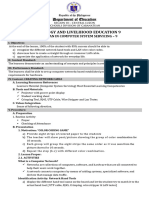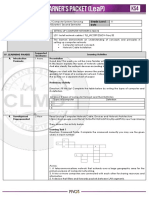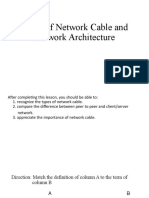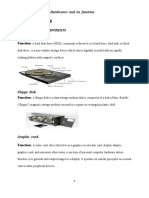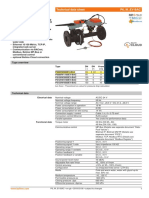0% found this document useful (0 votes)
24 views11 pagesCss 9 Las 5 Week 5 Setting Up Computer Network 2
The document is a learning activity sheet for Grade 9 students focusing on setting up computer networks, specifically on performing copper splicing and making a LAN cable. It provides an overview of computer networking, types of cables, and detailed instructions on how to create an Ethernet cable according to EIA/TIA standards. Additionally, it includes safety precautions, tools needed, and self-check exercises to reinforce learning.
Uploaded by
302129Copyright
© © All Rights Reserved
We take content rights seriously. If you suspect this is your content, claim it here.
Available Formats
Download as PDF, TXT or read online on Scribd
0% found this document useful (0 votes)
24 views11 pagesCss 9 Las 5 Week 5 Setting Up Computer Network 2
The document is a learning activity sheet for Grade 9 students focusing on setting up computer networks, specifically on performing copper splicing and making a LAN cable. It provides an overview of computer networking, types of cables, and detailed instructions on how to create an Ethernet cable according to EIA/TIA standards. Additionally, it includes safety precautions, tools needed, and self-check exercises to reinforce learning.
Uploaded by
302129Copyright
© © All Rights Reserved
We take content rights seriously. If you suspect this is your content, claim it here.
Available Formats
Download as PDF, TXT or read online on Scribd
/ 11



